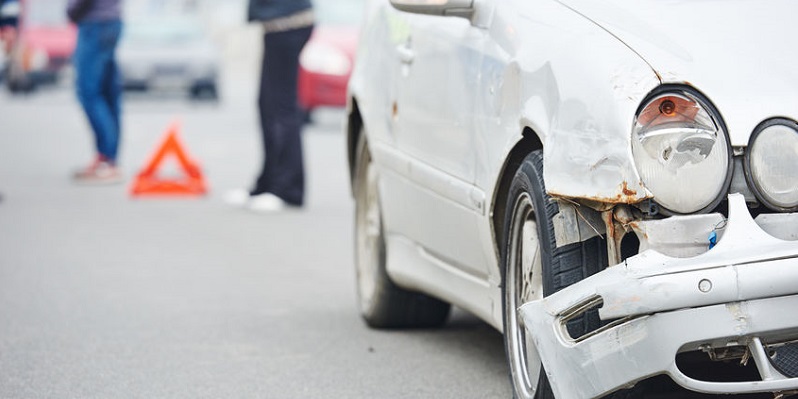Manufacturers sometimes defend against strict liability laws by arguing that the driver knew about the defect but failed to address it. Learn more about the impact of defective vehicles in Colorado personal injury cases.
Strict Liability Allows Manufacturers to be Held Responsible in Colorado Accidents
If you are hurt in a Colorado auto accident, you usually have to prove another driver’s negligence in order to recover damages. But some accidents are caused by defects in the design, assembly, or handling of a vehicle. Speaking of personal injuries, slip and fall accidents can occur because of poorly maintained properties and problems with dangerous conditions. Property owners can be held responsible when a fall injury occurs on their premises.
When a defective vehicle is the cause of an accident and subsequent injury, a claim can be made under the doctrine of strict liability, which means negligence on the part of the vehicle manufacturer or seller does not have to be proved, unlike in an ordinary personal injury claim.
What Is Strict Liability?
Strict liability is being held responsible for harm resulting from certain activities without assessing blame. Most states have adopted some type of strict liability laws. In Colorado, if an accident involving a defective vehicle takes place, in order to recover damages from the manufacturer, a plaintiff must prove that the vehicle’s design was unreasonably dangerous.
It would typically be extremely difficult and costly for one individual to show how and when a car manufacturer was negligent in the production of a particular vehicle. However, the doctrine of strict liability levels the playing field by allowing a party who was unexpectedly injured by a defective or dangerous product to recover damages from the manufacturer or seller of the product, without establishing negligence.
Elements of a Strict Liability Claim
A strict liability claim can be made against an automobile manufacturer without establishing negligence as long as the following elements are met:
- The automobile had an unreasonably dangerous defect that came about during design, manufacture, shipping, or handling, and injured a consumer.
- The defect caused an injury while the vehicle was being used in the proper way.
- The vehicle hadn’t been substantially altered from the condition it was in when it was originally sold.
Car manufacturers make a variety of defenses to strict liability claims, particularly if the plaintiff drove the vehicle for an extended period of time, was aware of the defect but continued to drive the vehicle, or used the vehicle for a purpose other than what it was intended for.
Vehicle Defects Can Lead to Deaths
One example of a vehicle defect that has led to many injuries and deaths is the Takata airbag issue, which involves devices that deploy improperly in the event of an accident, shooting metal shrapnel into the interior of the vehicle and seriously injuring occupants. More than 100 million of the defective airbags have been recalled worldwide, and 90 million are still on the road in the United States according to an Associated Press report.
On December 20, 2017, Honda confirmed that 20 people have now died as a result of faulty airbags in its vehicles, and on January 8, 2018, Takata announced the recall of another 3.3 million front-airbag inflators in vehicles made by more than a dozen automakers. Since the announcement, Toyota, Ford, and others have released recall information for Takata’s latest recall expansion.
The latest person to die because of a faulty Takata airbag was a 34-year-old woman driving a 2002 Honda Accord about 30 mph when it collided with a car that turned left in front of her. Upon impact, her Takata airbag deployed and she was struck by metal pieces that caused fatal injuries; the other occupants in her vehicle had only minor injuries.

